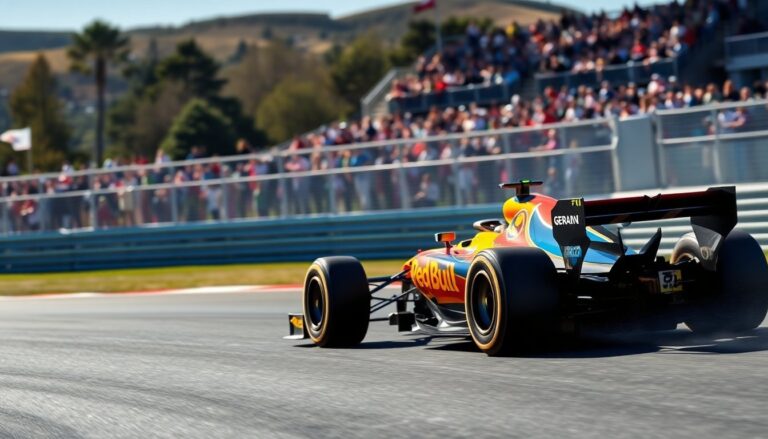Argomenti trattati
Formula 1, often referred to as F1, represents the pinnacle of motorsport, characterized by speed, advanced technology, and fierce competition among the world’s elite drivers. This prestigious racing series has captivated audiences since its inception in 1950, showcasing cutting-edge automotive engineering alongside the skill and strategy of racing teams. This exploration into the intriguing world of F1 will cover its rich history, the technology powering the sport today, and the evolving dynamics of competition on the track.
The rich history of Formula 1
The history of Formula 1 is a narrative of innovation and evolution. It began in the post-war era of the 1950s, when Grand Prix racing was formalized into a world championship format. The inaugural season featured races across Europe, where legendary drivers such as Juan Manuel Fangio and Alberto Ascari made significant contributions. Over the decades, F1 has experienced technological advancements and the emergence of iconic teams like Ferrari, McLaren, and Mercedes.
The evolution of race cars
One of the most compelling aspects of F1 is the continuous evolution of race cars. Early models were primarily powered by naturally aspirated engines, but as the sport progressed, teams began to experiment with aerodynamics and turbocharging. The introduction of hybrid power units in 2014 marked a significant turning point, blending traditional engines with electric motors to enhance performance and efficiency. This shift has transformed how teams approach race strategies and made F1 more relevant amid global environmental challenges.
The technology behind the speed
At the core of Formula 1 lies a complex web of technology and engineering. Each team invests heavily in research and development, often exceeding hundreds of millions of dollars. Data analytics plays a crucial role in optimizing performance, with teams utilizing sophisticated software to analyze every aspect of the car’s performance during practice and races. From tire management to fuel efficiency, the volume of data collected is staggering.
Safety innovations
Safety has always been a primary concern in F1, evolving alongside the sport itself. The tragic accidents of the late 20th century prompted groundbreaking changes in safety protocols and car design. The introduction of the halo device, a protective structure surrounding the driver’s cockpit, has proven essential in safeguarding drivers during high-impact collisions. Furthermore, the FIA continues to enforce strict safety regulations, ensuring the well-being of all participants remains a top priority.
The competition and the future of F1
Today, competition in Formula 1 is more intense than ever, with multiple teams vying for supremacy. The rivalry between drivers like Lewis Hamilton and Max Verstappen has attracted millions of new fans, reinvigorating interest in the sport. The introduction of budget caps aims to level the playing field, enabling smaller teams to compete more effectively against established giants.
As the future unfolds, Formula 1 is poised to adapt to the changing landscape of motorsport. With an emphasis on sustainability, the sport is exploring options for biofuels and even fully electric racing in the years to come. The Formula E series has already paved the way for electric racing, and F1 is likely to take steps towards a greener approach while maintaining its core identity of speed and competition.
Formula 1 continues to be a captivating fusion of history, technology, and competition. Its evolution reflects advancements in automotive engineering and societal expectations, serving as a mirror to both the past and future. Fans can anticipate thrilling races ahead, with each event representing not just a competition, but a testament to human ingenuity and determination.

